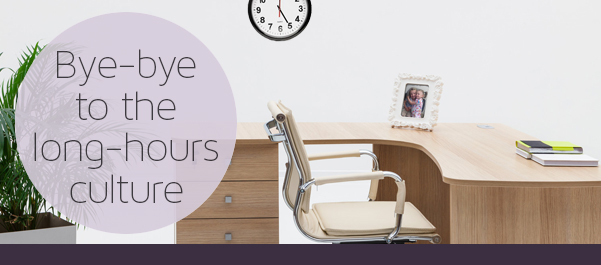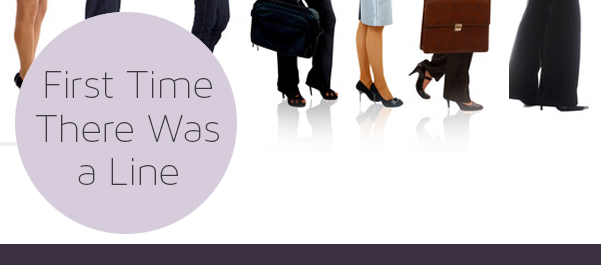
Since I started GirlAuthentic, I’ve gotten a lot of questions about Sheryl Sandberg’s book and ongoing conversation “Lean In.” Sandberg is the COO of Facebook and one of Time’s 100 Most Influential People in the World; her book is loaded with advice on how women can achieve their goals and realize their leadership potential.
I tell people her advice is fine – if you’re satisfied with what’s behind Door Number One.
If your goal is to become a female senior executive in one of today’s corporate structures – a statistical long shot, by the way – then Sandberg is for you. I have 3 problems with the “Lean In” conversation:
It’s a gender-based conversation.
“Lean In” is a discussion on how women can conform in order to excel in today’s masculine environment – a corporate world built by men, for men. What we need is a discussion on the absence of the feminine and how to bring it forth and have it be valued in the workplace.
It’s not news to a lot of us.
What Sandberg doesn’t seem to understand is that a lot of women have spent a couple of decades saying NO to what’s been expected and what she’s proposing. We’ve taken a good look at what’s behind Door Number One. And our response has been, “You want me to “lean in” to that?! No way!”
This rejection of the status quo is sometimes couched as women being “less ambitious.” It’s the opposite. Many women are MORE ambitious than men. We have been quietly building a new model of “having it all” – a whole and complete life, with time for our families or personal interests, for personal well-being, AND for a fulfilling professional experience.
If Door Number One means giving that up, let’s see what’s behind Door Number Two.
It doesn’t work.
For the majority of women, “leaning in” won’t work – and we have the data to prove it.
In 2011, Catalyst published a study called “The Myth of the Ideal Worker: Does Doing All the Right Things Really Get Women Ahead?” Their study included a hefty list of the “right things” to do to get ahead at work – what Sandberg calls “Leaning In” today. You can read the list on page six of the full report – it includes some obvious things like “develop a career plan” and some zingers like “communicate willingness to work long hours and weekends.”
But here’s the kicker: Catalyst found that while using these strategies worked great for men, it didn’t have the same payoff for women. Women who did the “right things” were more likely to get ahead than women who didn’t (barely). But men were still more likely to find success – “right things” or not.
So in answering the study question “Does Doing All the Right Things Really Get Women Ahead,” the answer was a resounding “no.” The problem isn’t women. We don’t just need to try harder or conform more. Leaning in won’t be enough.
We need a different world to lean into – a world that works for women and for men.
That’s going to mean more women building their own businesses, businesses where the culture is different. That’s what it means to look behind Door Number Two.
I’m ready to open that door. How about you?













